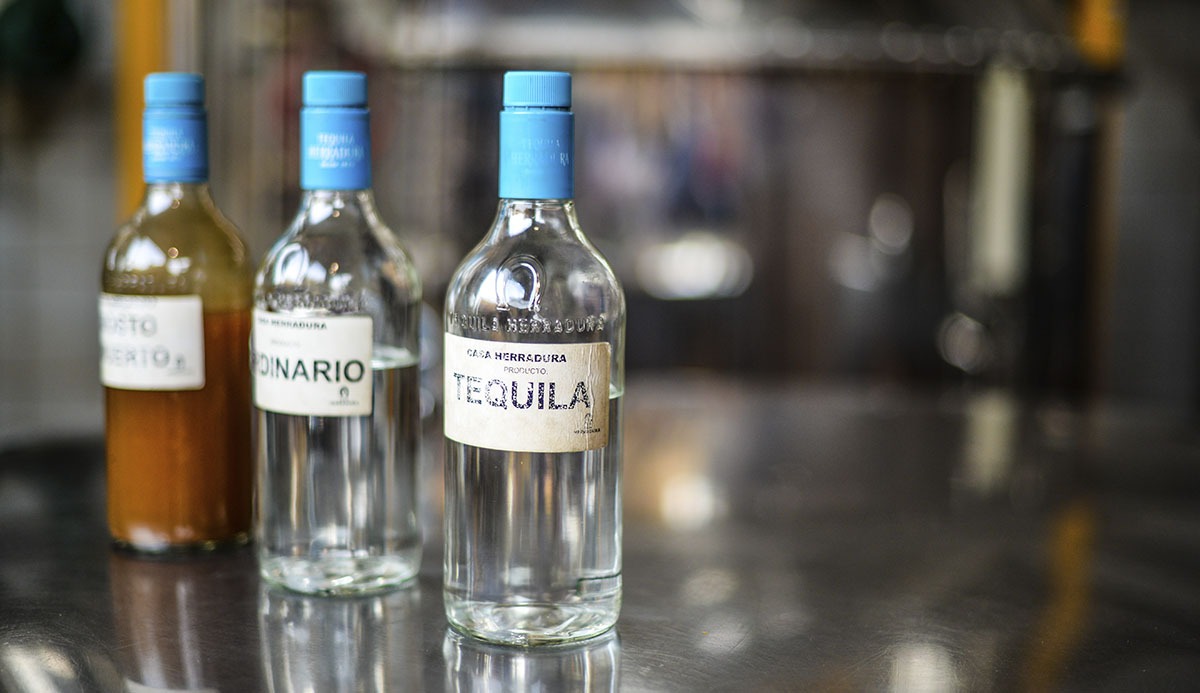Santiago de Tequila – known usually just as Tequila – is a town located at about 60 km from Guadalajara, Jalisco in Mexico. The town shares a name with the famous drink because it’s the place where it was born.
Tequila is made from blue agave, a plant native to the area and some other hot and arid regions in Mexico. Along the road that leads to the town, you’re able to see miles and miles of land tinted with blue agave plants which contrast with the orange (and sometimes red) color of the ground.
Use of the agave plant goes far back into the pre-Hispanic period where natives used the plant for several purposes: making pens, nails, needles, sewing and weaving (with the string made from it). They also made infusions to treat stomach and liver problems.
The natives used the sugar-filled heart of the plant, the “piña” (pineapple – because it does look like one) to create the base for a fermented beverage that they called mescal. After the arrival of the Spanish, the town was introduced to the distillation process and what once was mescal became tequila.
Just like with some regions that produce wine, the name tequila has been protected by the government. Its use is limited to products grown from agave in some parts of Mexico (mostly the town of Tequila and some surrounding municipalities). There are at list fifteen distilleries – of enormous size – that are able to use the term tequila to market their products. There are more than a hundred small distilleries that sell their product as agave.


